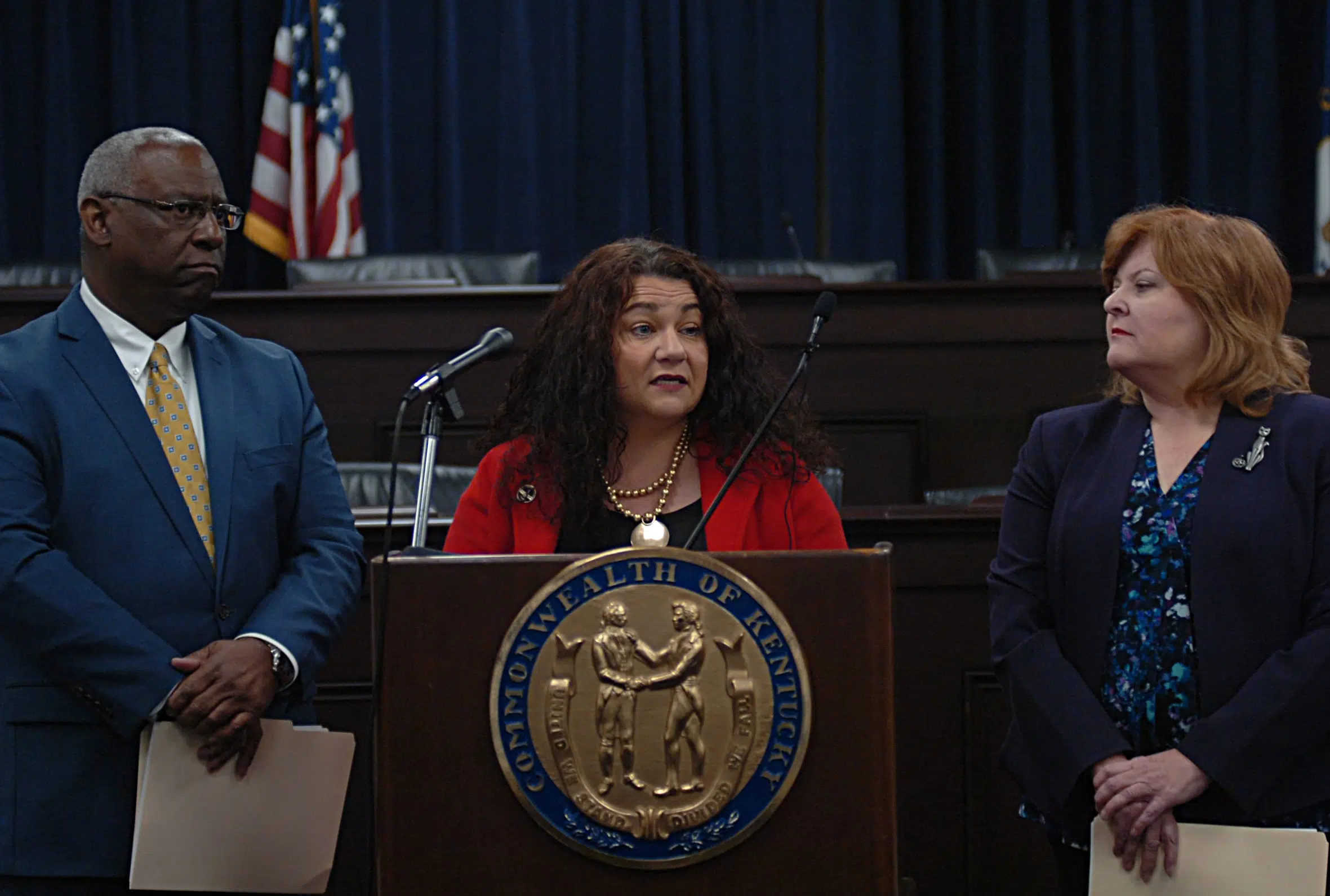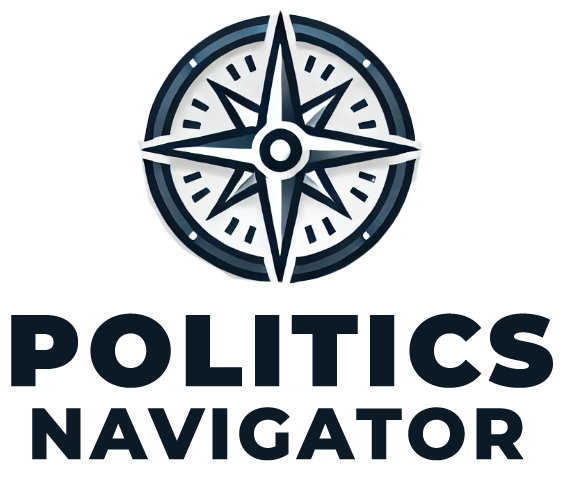The United States is approaching a critical economic milestone that should concern every American: healthcare spending is projected to consume one-fifth of the entire economy within the next decade. This comprehensive analysis examines the implications of this unprecedented growth and what it means for our future.
The Numbers: A Stark Reality
Recent projections from the Centers for Medicare & Medicaid Services (CMS) paint a concerning picture:
Current Spending (2023)
- Total healthcare spending: $4.8 trillion
- Per person spending: $14,423
- Percentage of GDP: 17.6%
Projected Spending (2032)
- Total healthcare spending: $7.7 trillion
- Per person spending: $21,927
- Percentage of GDP: Nearly 20%
Why Healthcare Costs Keep Rising
The Aging Population Factor
The demographic shift is driving costs higher:
- Adults 65+ spend 2.5 times more on healthcare than working-age individuals
- Seniors spend 5 times more than children on healthcare
- Medicare and Medicaid enrollment continues to grow
Cost Acceleration Drivers
Multiple factors are pushing costs upward:
- Implementation of new medical technologies
- Accelerating inflation in healthcare sector
- Rising labor costs in medical professions
- Increased utilization of healthcare services
The Federal Budget Impact
The government’s role in healthcare financing is expanding:
2023 Federal Spending
- Total federal healthcare spending: $2.2 trillion
- Percentage of total healthcare spending: 49%
2032 Projected Federal Spending
- Total federal healthcare spending: $3.8 trillion
- Percentage of total healthcare spending: 51%
Economic Implications
This trajectory raises several concerns:
- Increased pressure on federal budget
- Growing strain on household finances
- Potential impact on other economic sectors
- Sustainability questions for healthcare system
Looking Ahead: The Need for Solutions
Potential Policy Approaches
To address these challenges, policymakers might consider:
- Cost containment strategies
- Healthcare delivery system reforms
- Payment model innovations
- Preventive care emphasis
- Administrative efficiency improvements
Consumer Impact
The rising costs will affect Americans through:
- Higher insurance premiums
- Increased out-of-pocket expenses
- Greater tax burden for healthcare programs
- Reduced disposable income
The Path Forward
As healthcare spending approaches this historic threshold, several key areas require attention:
Immediate Priorities
- Cost control measures
- Efficiency improvements
- Payment system reforms
- Technology optimization
Long-term Considerations
- Sustainable funding mechanisms
- Population health management
- Healthcare workforce development
- Infrastructure modernization
The projection that healthcare spending will reach 20% of GDP represents a crucial turning point for American healthcare policy. This level of spending growth is unprecedented among developed nations and signals the urgent need for systematic reform.
The challenge now lies in finding solutions that can:
- Control costs without compromising care quality
- Maintain accessibility while improving efficiency
- Support innovation while ensuring sustainability
- Address demographic challenges proactively
As we approach this economic milestone, the need for thoughtful, comprehensive reform becomes increasingly urgent. The decisions made in the coming years will shape the future of American healthcare for generations to come.











